Once the hunt is over and the game has been processed in the field, it's time to decide how to manage the rewards of the hunt.
For small game like rabbits, squirrels, and birds, the game can often be broken down and cooked right in the field...what a great way to end a trip!
For larger game like deer, elk, antelope, bear, hogs, etc., the volume of meat requires advanced planning on how you will break the game down, package it, and then store it until it can be used.
- Cut it and pack it yourself.
- Take it to a game processor who will take care of the cutting and packing process for you.
My personal preference is to utilize a professional for aging, cutting, processing, and packaging my game. This preference is driven by usually being limited on time, environmental conditions, and having a good place to process the bounty.
Dry Aging Game
You may have noticed the difference in eating a Porterhouse Steak at an $18/plate steakhouse and a Porterhouse Steak at a $100/plate steakhouse. One of the biggest difference between the two steaks, and what drives the price/taste/texture differences, is the $100/plate steak has been
dry aged.
- Dry aging removes moisture from the meat, allowing the flavor to become more concentrated and intense.
- Dry aging begins to break down the collagen in the meat. The collagen is tough, and by breaking it down, what remains is protein which is very tender.
- The processor I use most often will dry age for 14 days at no added cost. Often, due to a meat cutting backlog, he'll go 21 days at no added cost, and that's just fine with me. While I will lose a few pounds of moisture, I will gain really great meat.
Here is a Blacktail carcass on the hook and getting ready to go into the dry-aging room. In 24 days, this carcass lost about 20% by weight in moisture. The resulting venison steaks and other cuts had amazing flavor and were very tender.
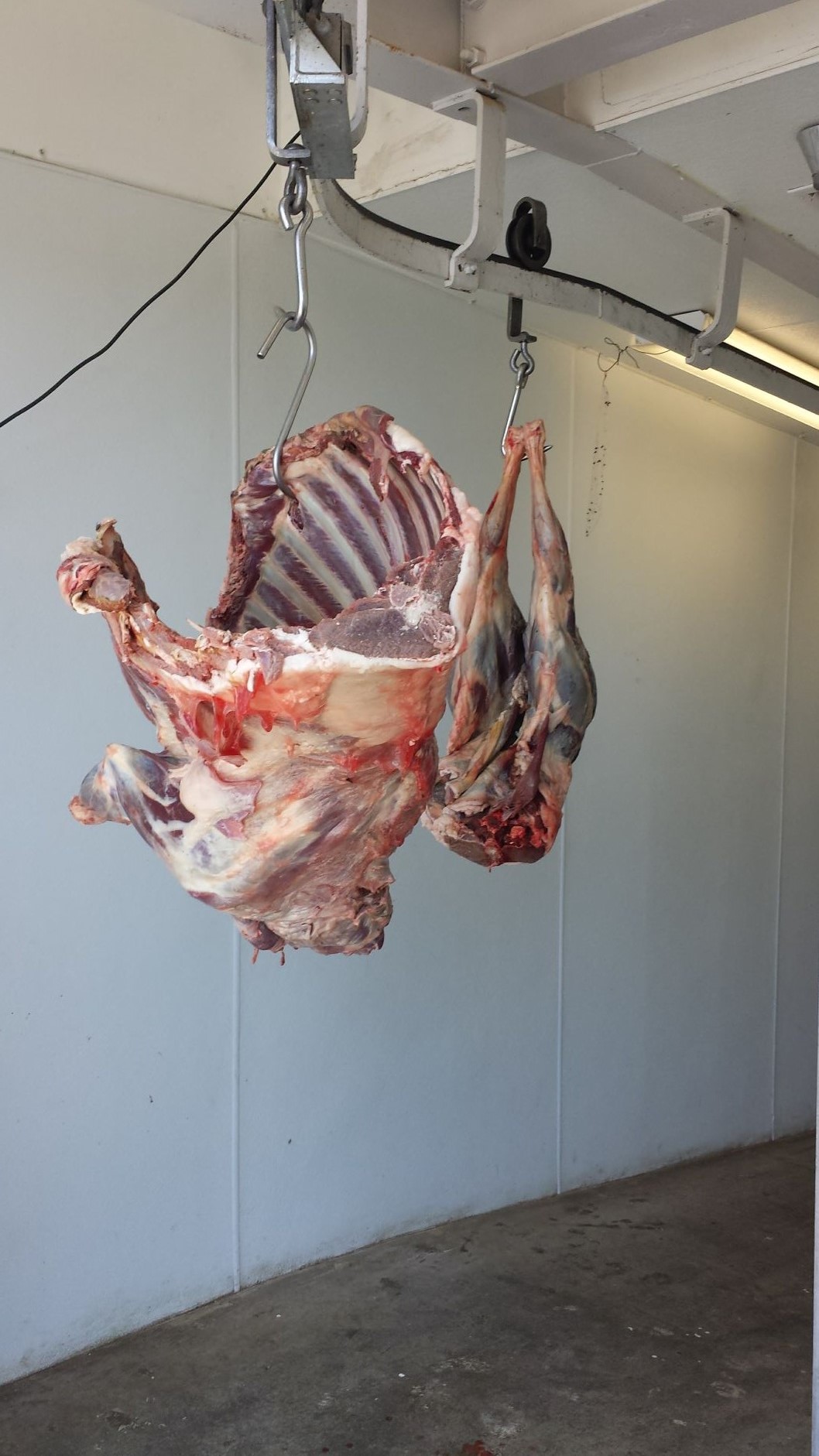
- BlackTail-Hanging on Hook Small.jpg (295.86 KiB) Viewed 911 times
Wrapping and Packing
Once your game has been aged and cut to your specifications, the next step is to package the meet for storage. Two methods of packaging seem to be popular.
- Butcher Paper Wrapping. When paper wrapped and frozen to -5 F, meat in butcher paper wrapped (shiny side against meat), the meat should store for about 6 - 12 months without significant loss of quality per the FDA (reference https://www.fda.gov/downloads/food/reso ... 109315.pdf )
FoodSaver Vacuum Sealer - A Great Way to Prepare Meet for Freezing
Here is a basic FoodSaver Vacuum Sealer suitable for home use.
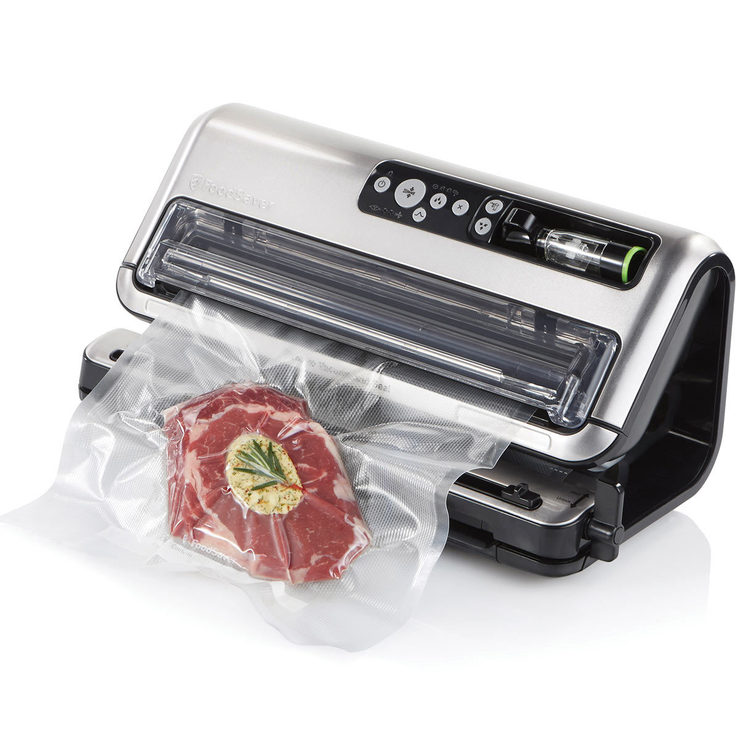
- FoodSaver Vacuum Sealer.jpg (79.98 KiB) Viewed 911 times
FoodSaver makes endless bags that you can cut to length, I prefer the FoodSaver bags that just require sealing on one end. I highly recommend using only FoodSaver bags...there are other brands out there, but they often don't have the ridges inside and don't seem to allow the pump to pull out as much air. The FoodSaver bags are reasonably priced compared to the cost of a hunting trip!!
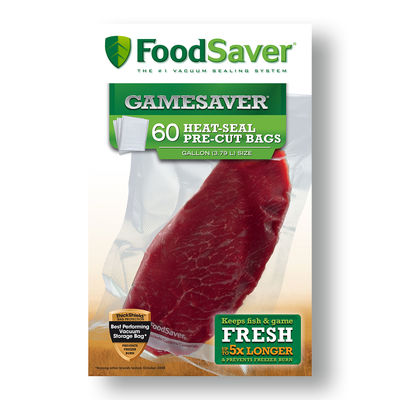
- FoodSaver Bags.jpg (28.28 KiB) Viewed 911 times
Freezers
A good freezer of adequate capacity is essential if you are going to trying to store your meat at home. Upright and chest type freezers are great options, and everyone no doubt has their own preference.
Upright Freezers make it easy to find what you're looking for. I prefer to have an external readout of the internal temperature so that I don't need to open the door to see if its cold inside. A power disruption warning alarm is nice too. The downside of the Upright is that the cold air spills out when the door is opened.
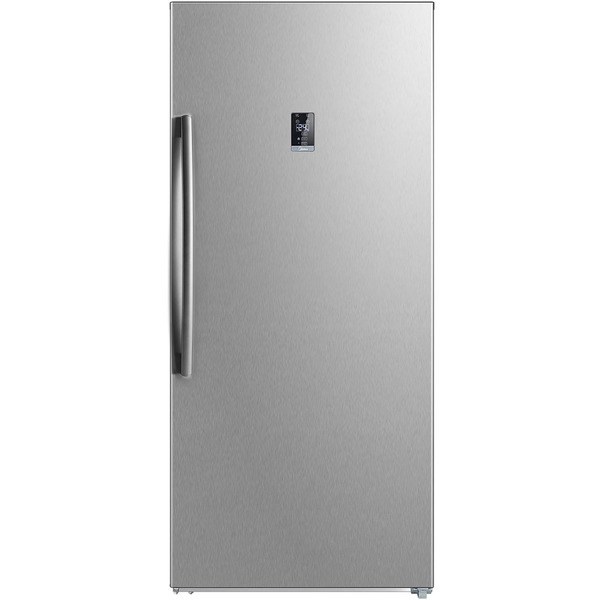
- Upright Freezer.jpg (24.63 KiB) Viewed 911 times
Chest Freezers are great for long-term storage, and don't spill the cold air when the top is opened. The downside of the chest style freezer is that it can be hard to find what you are looking for, especially if it is on the bottom.
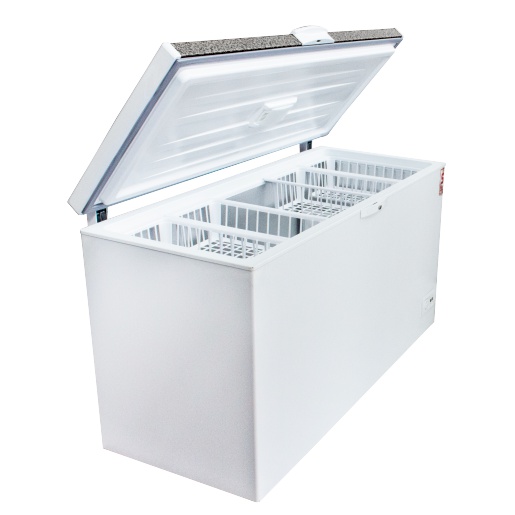
- Chest Freezer.jpg (38.48 KiB) Viewed 911 times
With all freezers, A Full Freezer is a Cold Freezer. Fill empty spaces in your freezer with frozen milk jugs full of water. By filling the empty volumes in the freezer, the temperature swings will be moderated, leading to more even temperatures.
I highly recommend use of an alarm system to alert you to power outages or failure of your freezer. A full freezer probably has over $1000 US worth of food inside, and it would be a shame to lose it due to a power outage.
For short outages, just leave the door closed and the food should be fine for 4 to 8 hours, even longer if the freezer is packed tight and it's not too hot outside. Having backup power such as a generator is a great idea for longer outages.